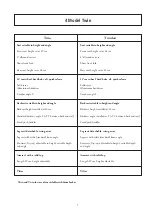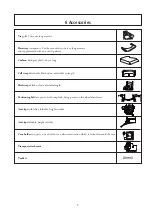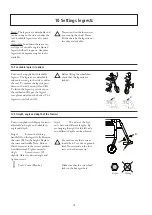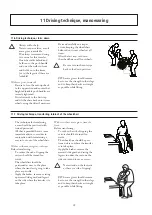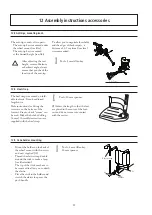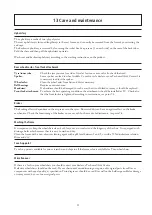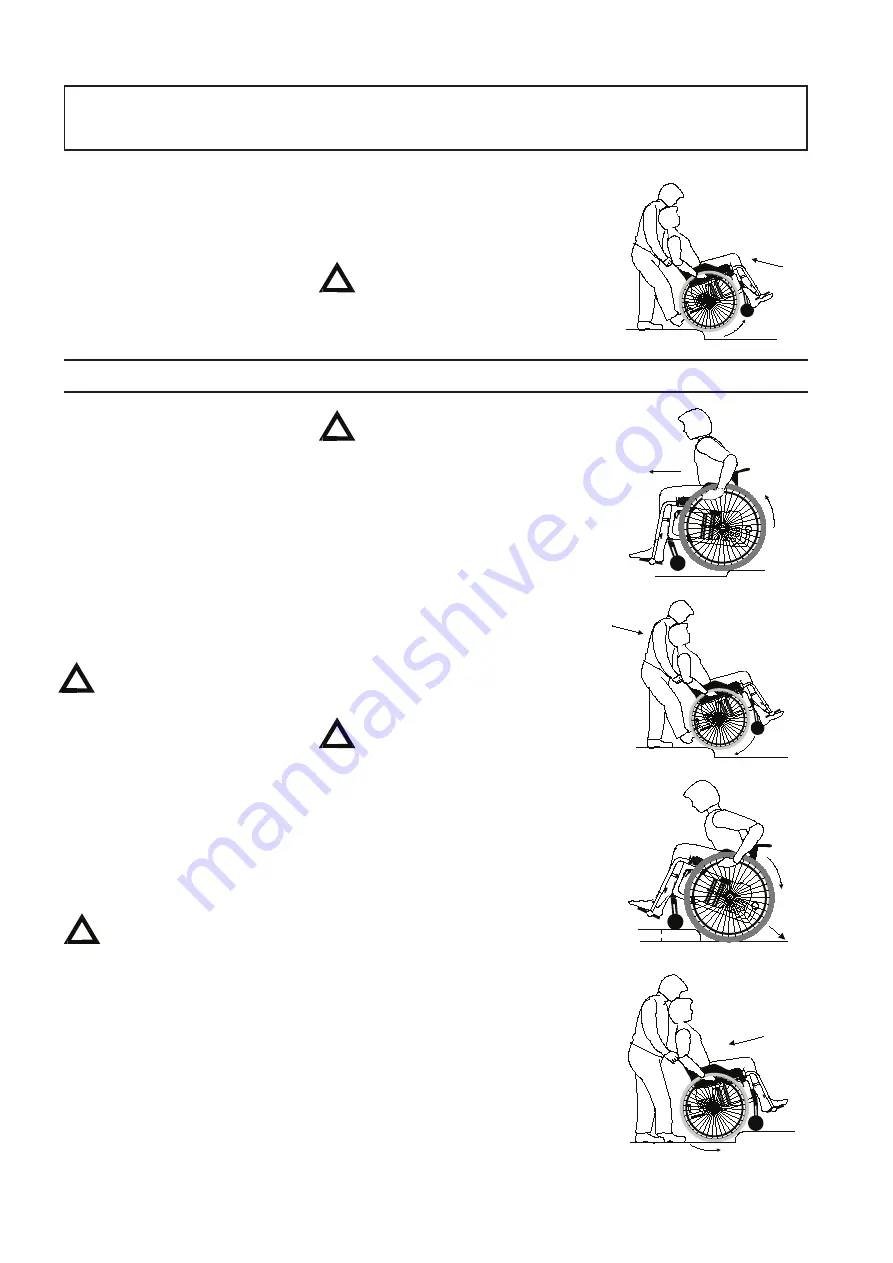
16
User, driving down forwards:
This technique is recommended only
for experienced wheelchair users.
-
Ensure that the anti-tips are
turned upwards.
-
Drive forward to the edge of
the kerb.
-
Balance the wheelchair on its
rear wheels so that the castors
lift
-
Drive carefully down the kerb
and set down the castors wheels
onto the ground.
Be sure to turn the anti-tips
back to the down position.
Care giver, driving down forwards:
-
Ensure that the anti-tips are
turned upwards.
-
Tilt the wheelchair up, if nec-
essary with help from the tilter,
so that the castor wheels are in
the air.
-
Drive carefully down the kerb
and set down the castors onto
the ground again.
Be sure to turn the anti-tips
back to the down position.
User, driving down backwards:
This technique is not recommended
for differences in level of over 10 cm.
-
Ensure that the anti-tips are
turned upwards.
-
Reverse to the edge of the kerb.
-
Reverse carefully down while at
the same time leaning forwards.
Care giver, driving up backwards:
-
Reverse the chair to the edge of
the kerb/threshold.
-
Tilt the wheelchair up, if nec-
essary with help from the tilter,
so that the castor wheels are in
the air.
-
Pull the wheelchair upwards
and backwards, ensuring that
11 Driving technique, manoeuvring
the castor wheels have cleared
the edge before setting down
the wheel chair onto all four
wheels.
Be sure to turn the anti-tips
back to the down position.
11:3 Driving technique, kerb: down
There is a greater risk of tip-
ping during this manoeuvre.
Be sure to turn the anti-tips
back to the down position.
Care giver, driving down backwards:
-
Ensure that the anti-tips are
turned upwards.
-
Reverse the wheelchair up to
the edge of the kerb.
-
Drive carefully down the kerb,
and reverse the wheelchair on
the rear wheels until the castors
have cleared the obstacle.
-
Set down the wheelchair once
again on all four wheels.
Be sure to turn the anti-tips
back to the down position.






